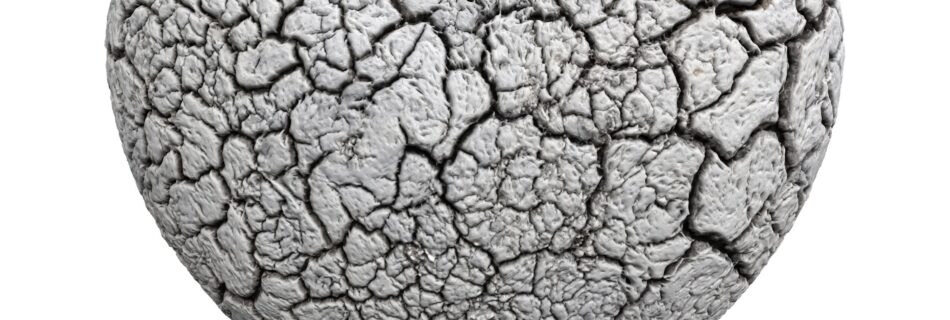AMA after Narcan – Is it safe?
In comes a 34-year-old male who is obtunded with pinpoint pupils and breathing at five times a minute; likely due to heroin abuse. He wakes up after Narcan is appropriately administered, but now he wants to leave. What is the risk of death if he leaves? Do we restrain him against his will to monitor him …














